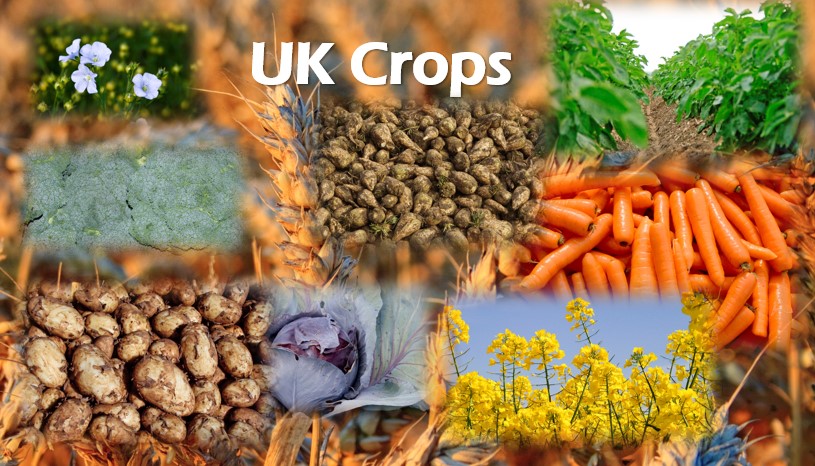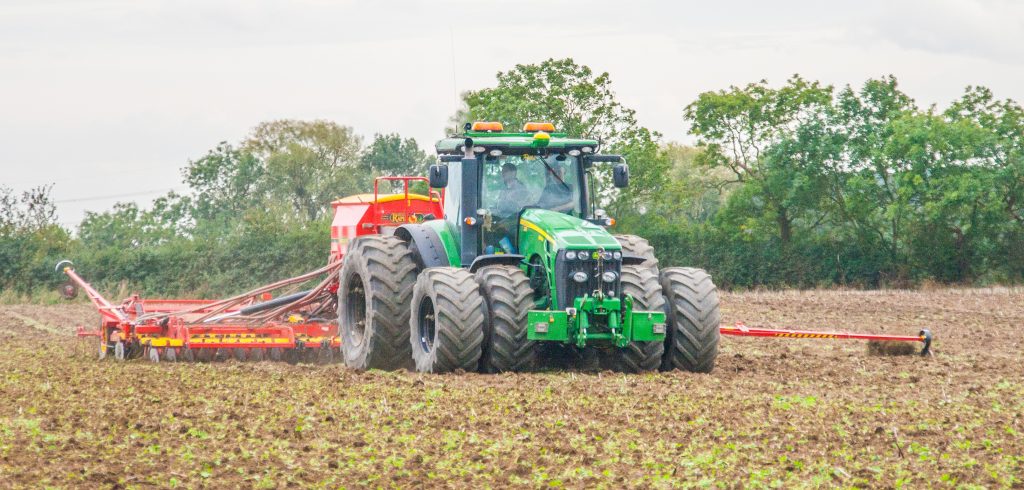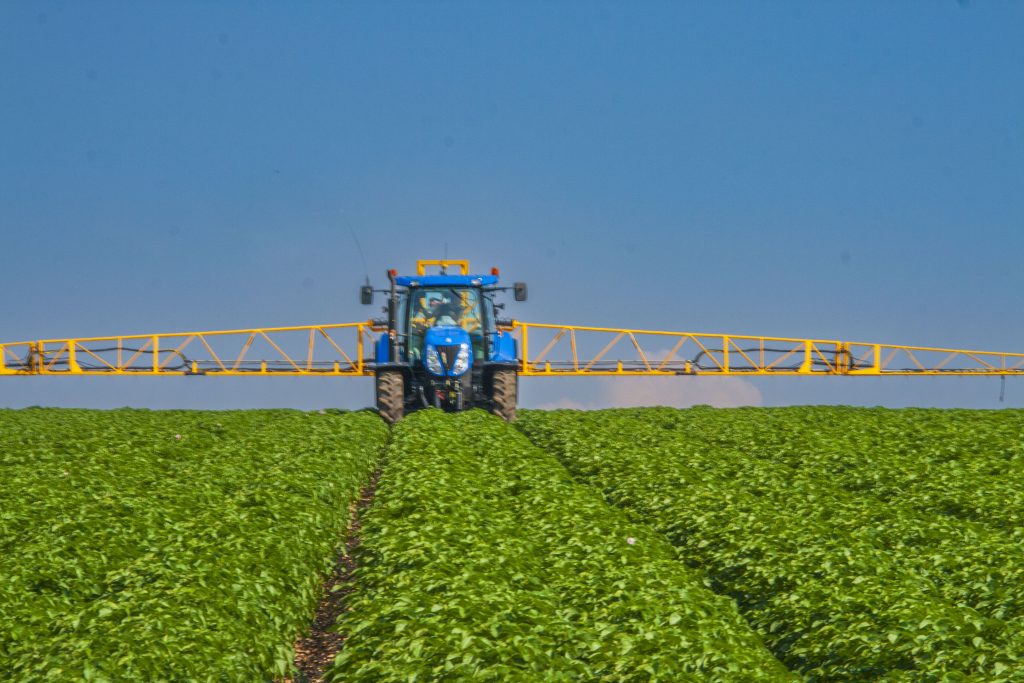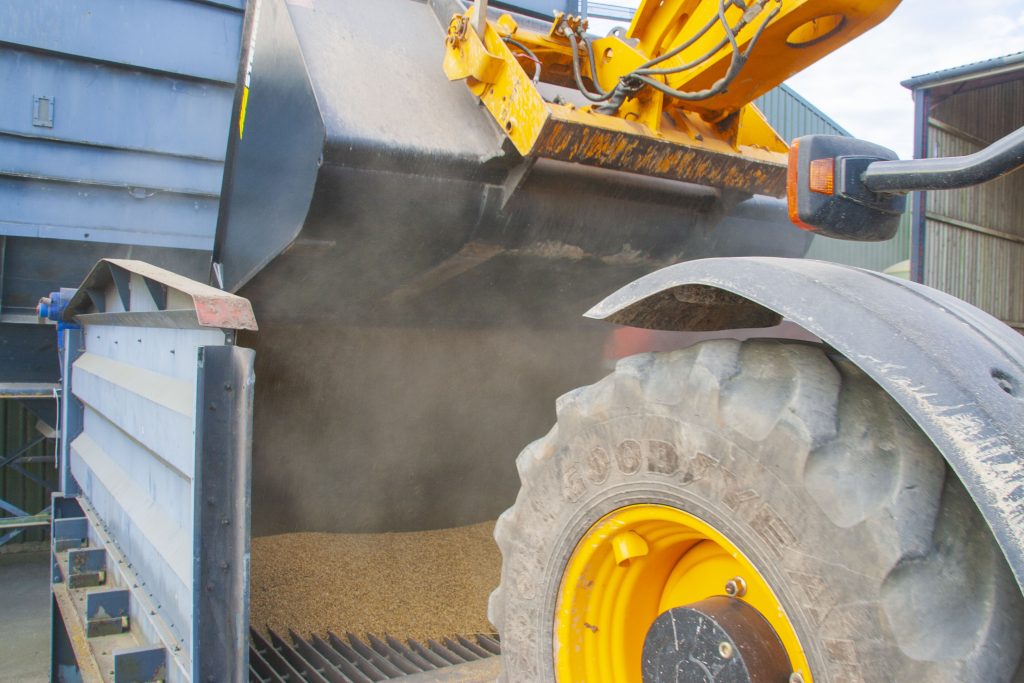
A Roadmap to Arable Crop Success: A Summary for Agriculture Apprentices
Agriculture today demands a comprehensive understanding of how crops grow, how to protect them, and how to manage them from field to storage. For apprentices venturing into arable crop production, mastering these core principles is key to building a successful career. Here’s an overview of the essential areas you’ll explore.

Crop Identification and Establishment
Understanding Your Crops:
Learn to recognize the unique characteristics of key arable crops—such as potatoes, sugar beet, field vegetables, carrots, and parsnips. This knowledge forms the foundation for selecting the right crop for the right conditions.
Principles and Methods:
Grasp the science behind crop establishment. From soil preparation to planting techniques, understanding the establishment process helps set the stage for robust crop development.
Environmental Interactions and Crop Health
Weather and Plant Growth:
Weather isn’t just a background factor—it directly influences crop growth. Learn how varying environmental conditions can impact plant development and how to adapt your practices accordingly.

Plant Protection and Pest Management:
Identifying and managing pests, weeds, and diseases is crucial. You’ll study control mechanisms, including chemical, biological, and cultural methods, while considering their environmental impacts. This holistic approach ensures healthier crops and more sustainable practices.
Timing and Preparation
The Importance of Timing:
Success in arable farming often comes down to doing the right task at the right time. From seeding and fertilization to irrigation and harvesting, timing can dramatically influence yield and crop quality.
Aftercare Requirements:
Effective crop management doesn’t stop at harvest. Understanding the aftercare necessary for crops—whether they’re grown on-site for sale or purchased for livestock feed—ensures that quality and performance are maintained throughout the crop’s lifecycle.
Storage and Post-Harvest Management

Optimizing Storage Conditions:
Post-harvest management is critical. Learn how to maintain high standards of hygiene and environmental control to preserve the quality of both arable produce and feed crops.
Managing Crop Performance:
Proper storage isn’t just about preservation—it’s about ensuring that crops remain in optimal condition until they’re needed, whether for the market or for nutritional purposes on the farm.
Conclusion
For agriculture apprentices, the journey into arable crop production is both challenging and rewarding. By mastering crop identification, understanding environmental impacts, timing agricultural activities, and managing post-harvest storage, you’re well on your way to becoming a skilled agronomist. Embrace these principles as you build the expertise needed for a sustainable and productive agricultural future.
